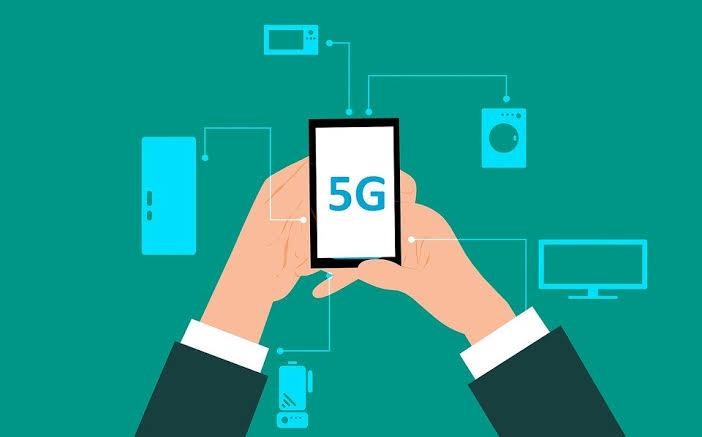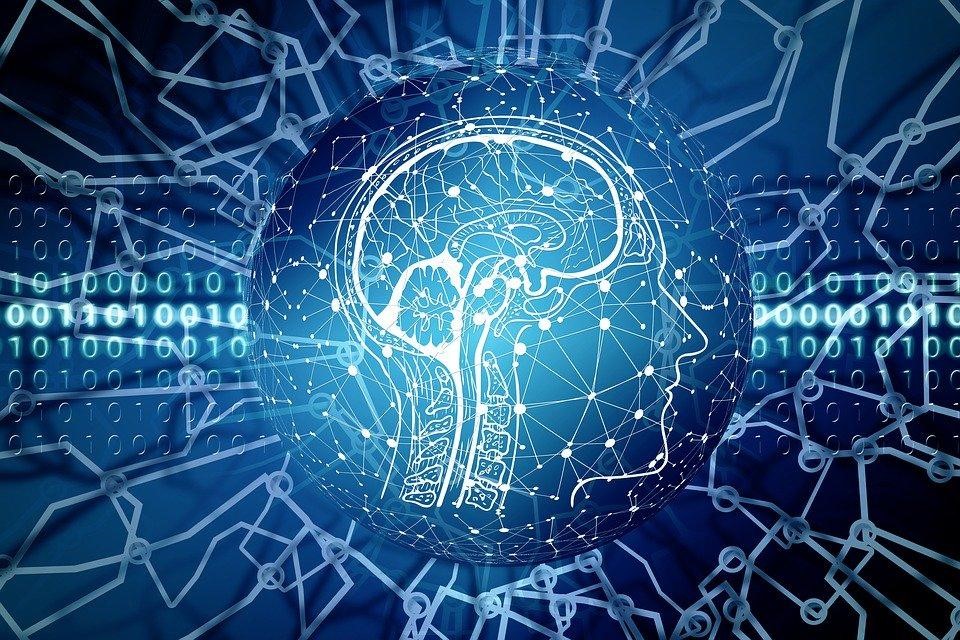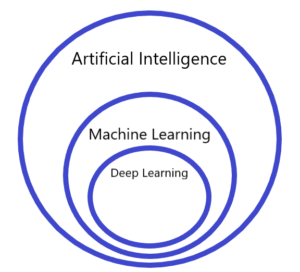Three recent trends in the use of Technology in Healthcare

A little less than two months of 2020 have passed, and we already see some clear trends in the use of technology in healthcare. The healthcare industry has been one of the most benefited by the use of IT, which has helped in the improvement of diagnosis and personalized attention. Let’s see some of these trends.
Technology and home hospitalization
There’s an evolution in medical attention. Now, it’s not limited to physicians, nurses, and the hospital. Currently, homes are the perfect scenario to receive treatments and healthcare attention with comfort. The omnipresence of technology is leading to a transformation of the relationship between physician and patient, leading it to virtuality, which allows adapting the link to the characteristics of the patient, which brings greater comfort for the patient.
This may lead to hospitalization in a clinic, per se, to be reserved for complex situations of trauma, complicated surgeries, and emergencies, while other cares can be received from home.
Among the companies that have bet on this, we find HeOn – Health On Line, with HeOn Medical Home, which brings top-notch technological tools to transform patients’ homes into correct hospitalization environments.
Leveraging data
The healthcare industry won’t be left behind by the trend of data analytics. They are taking advantage of all of the technological and statistical resources to turn healthcare data in an infrastructure priority and a significant investment attractive.
This will allow patients, doctors, nurses, and other healthcare professionals to take advantage of the data to offer a new dimension to the diagnosis and the treatments towards the best possible option. We’ll also see the pharmaceutical industry taking advantage of this thanks to data management as it will allow the industry to work hand in hand with patients and healthcare providers to develop treatments in reasonable time and cost.
Use of wearables
Digital healthcare, as a concept, involves including IT in every step of the healthcare process (prevention, diagnosis, treatment, following, and management). One of these advances has been wearable technology. They began as small gadgets in your watch to know how many steps you took or how many calories did you burn when you went jogging. Healthcare is now applying this technology.
Some experts foresee that, for example, we’ll have skin patches manufactured with nanomaterials that will allow connection with IoT devices. For example, iRythm, a San Francisco-based company, launched its patch, Zio, which allows monitoring the cardiac rhythm for 14 days remotely. There’s been a radical cost reduction of these products. Hence, a market explosion could be right around the corner.
Conclusion
Healthcare has been one of the most benefited industries by the tech expansion of the last few years. However, a large part of its potential growth had slowed down because of the high costs of some technologies. Now, 2020 can be a vantage point because many technological applications have reduced their prices. We’re hoping that’s the case.



 ClassPass became the first unicorn of the decade last week when it passed the billion-dollar mark after announcing a $285 million Series E investment that put their valuation over the billion-dollar threshold. Also, it’s quite fitting that the founder of the first tech unicorn of the 2020s is a woman of color.
ClassPass became the first unicorn of the decade last week when it passed the billion-dollar mark after announcing a $285 million Series E investment that put their valuation over the billion-dollar threshold. Also, it’s quite fitting that the founder of the first tech unicorn of the 2020s is a woman of color.
